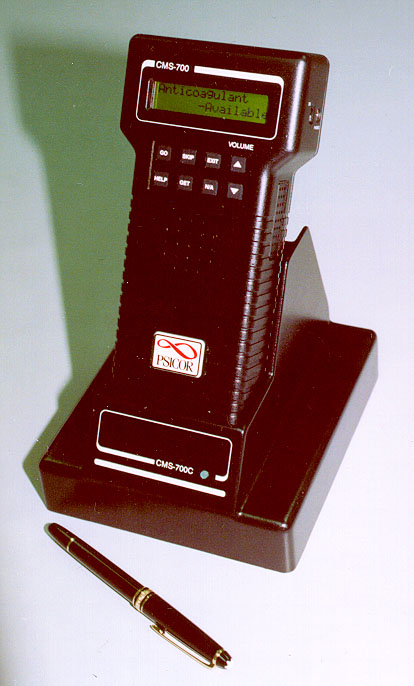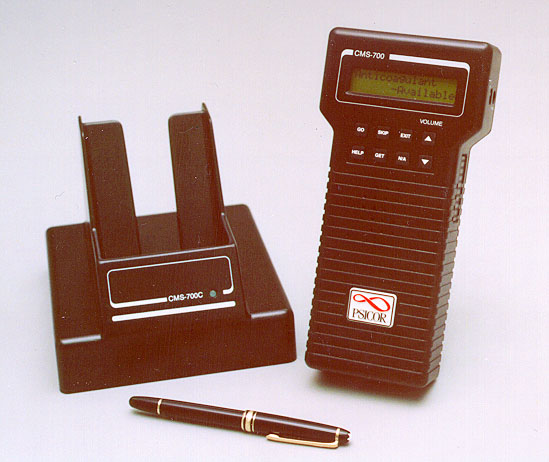

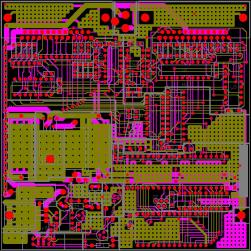
![]()
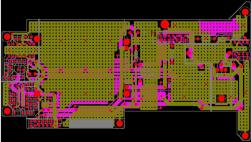
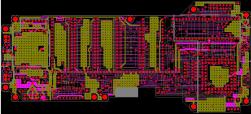
|
My first, and last, battery-powered product.I provided the complete hardware and firmware design for this Heads Up Technologies medical and avionics product in 1990. Among the things I provided were: schematic-diagrams and printed-circuit layouts for 5 circuit boards, a large but unknown number of lines of firmware and MS-DOS support software written in Intel 8051 assembly-language and in the C language, and about 20 pages of documentation (specifications and hardware theory of operation).
Alas! the product was short-lived and filled with sadness while it did live.



![]()


This product derived from a prototype medical checklist system developed for Psicor, Inc., which you can read about here. (Psicor has since been acquired by Baxter International, I believe. Refer to www.baxter.com.) After that earlier device was prototyped, Psicor desired a radical change in direction. Instead of a large checklist unit with built-in-printer, Psicor elected to go instead with a small, hand-held battery-driven checklist unit that had no built-in printer but could rather be inserted into a recharging stand, and could print out reports on a standard printer hooked up to the recharging stand.You can view the patent for this product by clicking here.
This was the first portable unit I had designed, and it had a number of new items I had never dealt with, such as:
The CMS-400 was designed, prototyped, productionized, and manufactured. Unfortunately, Psicor once again elected not to proceed with the project. (More accurately, they broke their contract and refused delivery of the units after we had manufactured them, having decided somewhat belatedly that they were too expensive.) In an attempt to save the orphaned product, the software was re-spun to give the product an aviation emphasis: The units were half-heartedly marketed as aviation pre-flight checklists, and a few were sold. Shortly thereafter, however, certain important electronic components needed to build the units were discontinued, and the decision was made to give the product a decent burial. It was a product whose time had not come.Rechargeable batteries. Infrared communications between the checklist unit and the recharger. A standard PC-type printer port. Dual-processor design. Battery-backed RAM capable of containing logs for numerous checklist sessions. Though the product was poor indeed for Heads Up Technologies from a financial standpoint, it was actually quite important to the company technically. It marked the 4th separate time I had designed a complete checklist program from scratch, and I resolved that it was going to be the last time. Up to this point, I had designed software for each unit with the urgent desire to get it working and get it done quickly, but without any emphasis on portability or reusability of the code. But with the CMS-700, I set out to create a system of reusable software, in which not only the software itself, but also associated items like documentation and testing could be migrated from one design to the next. Unfortunately, that is all I can really say on this topic.
